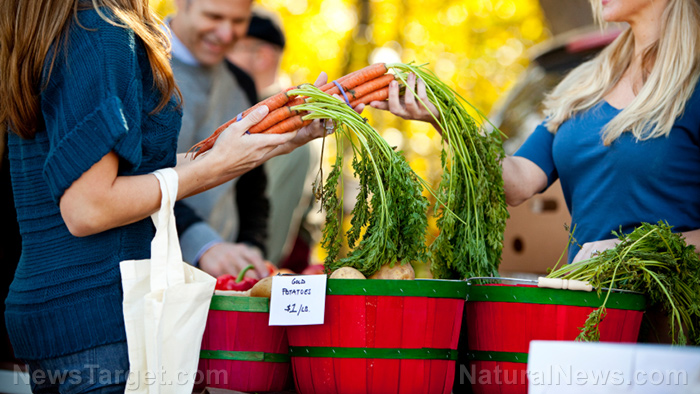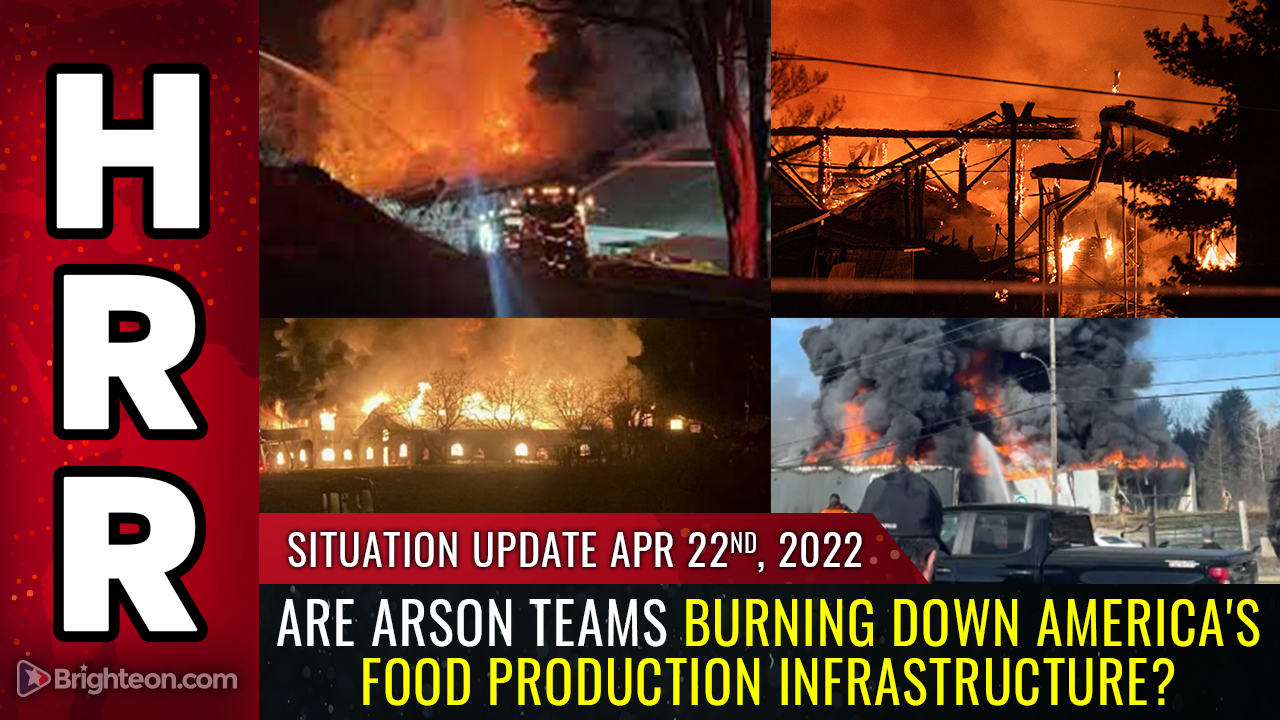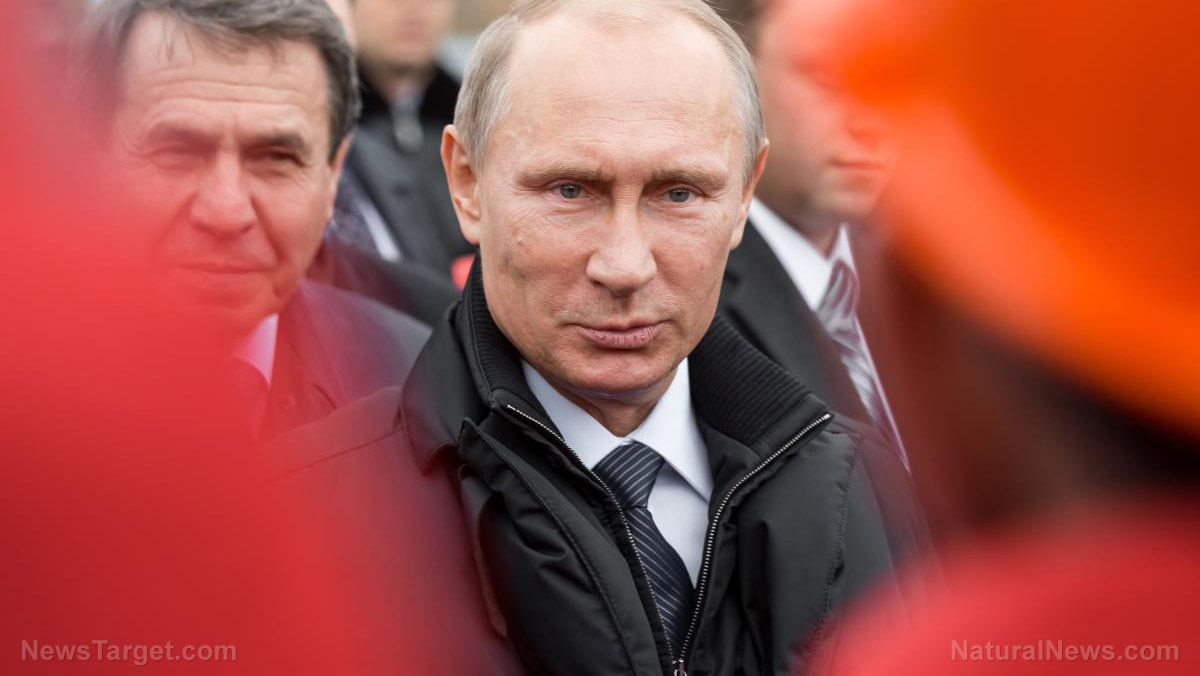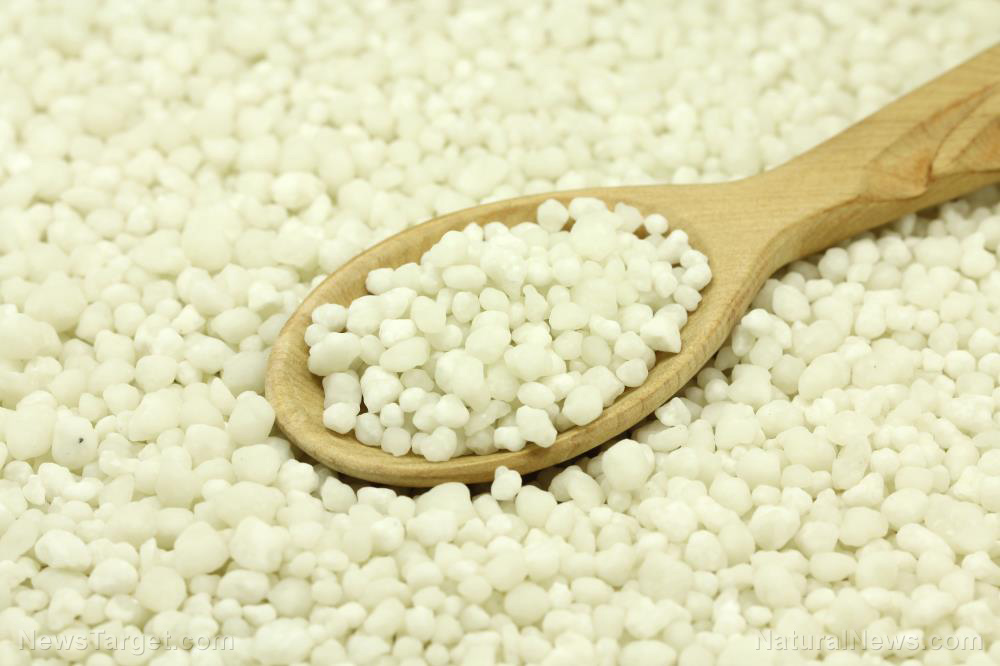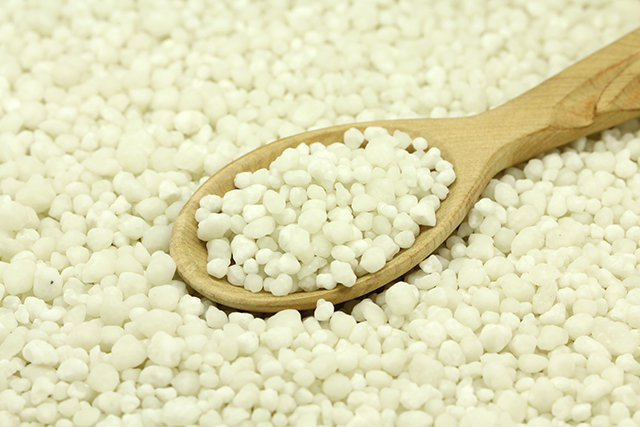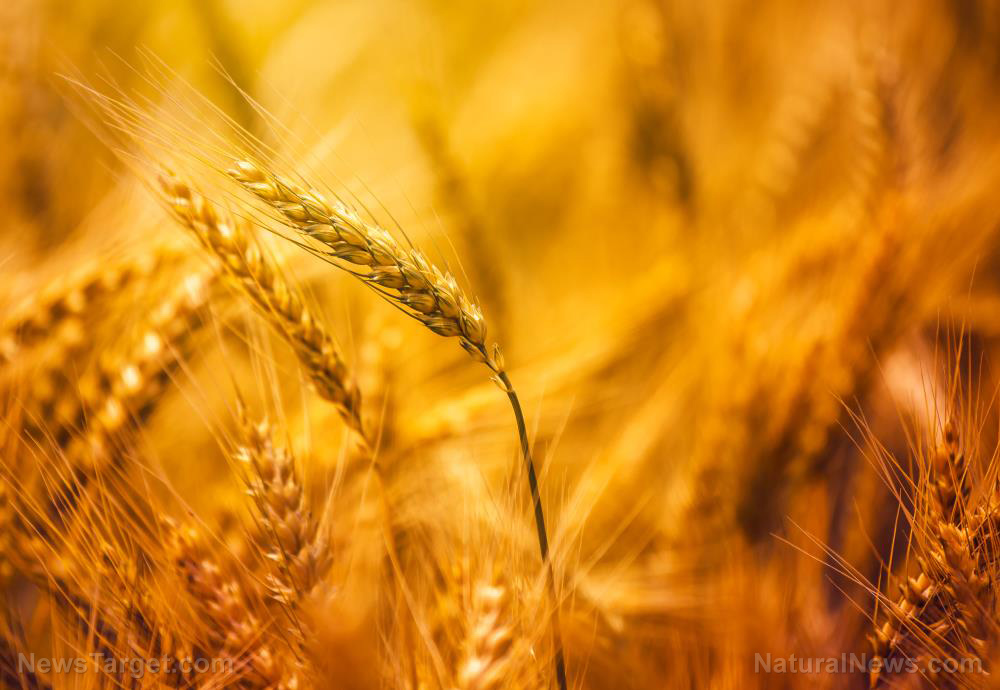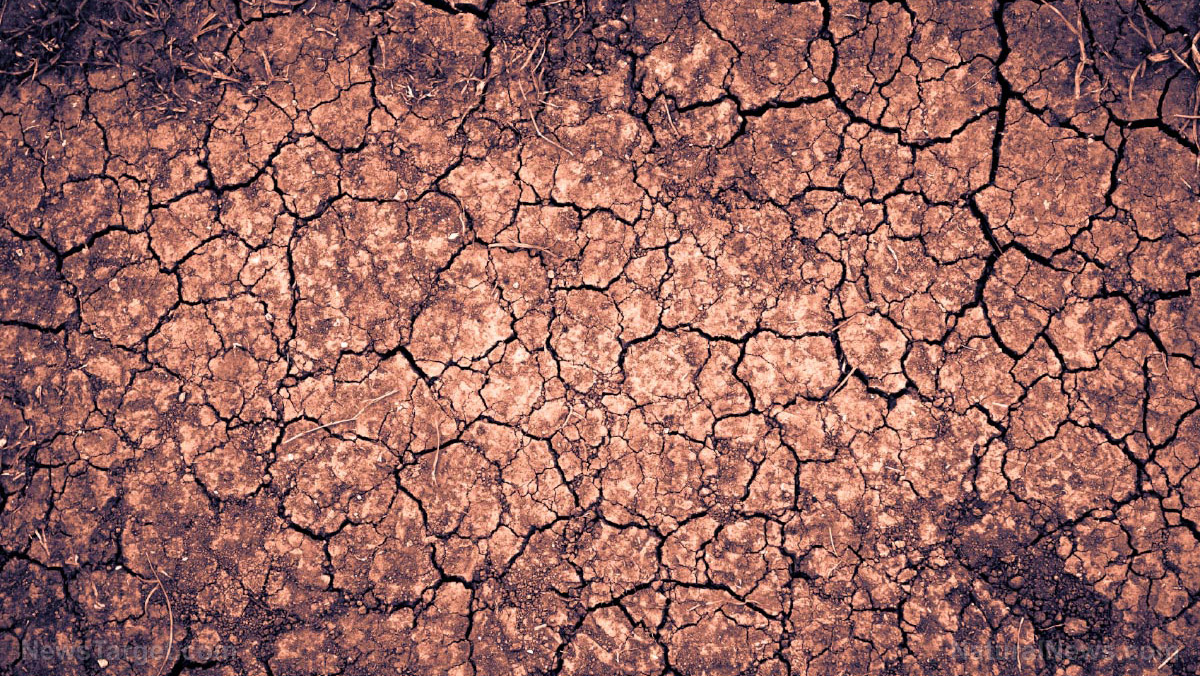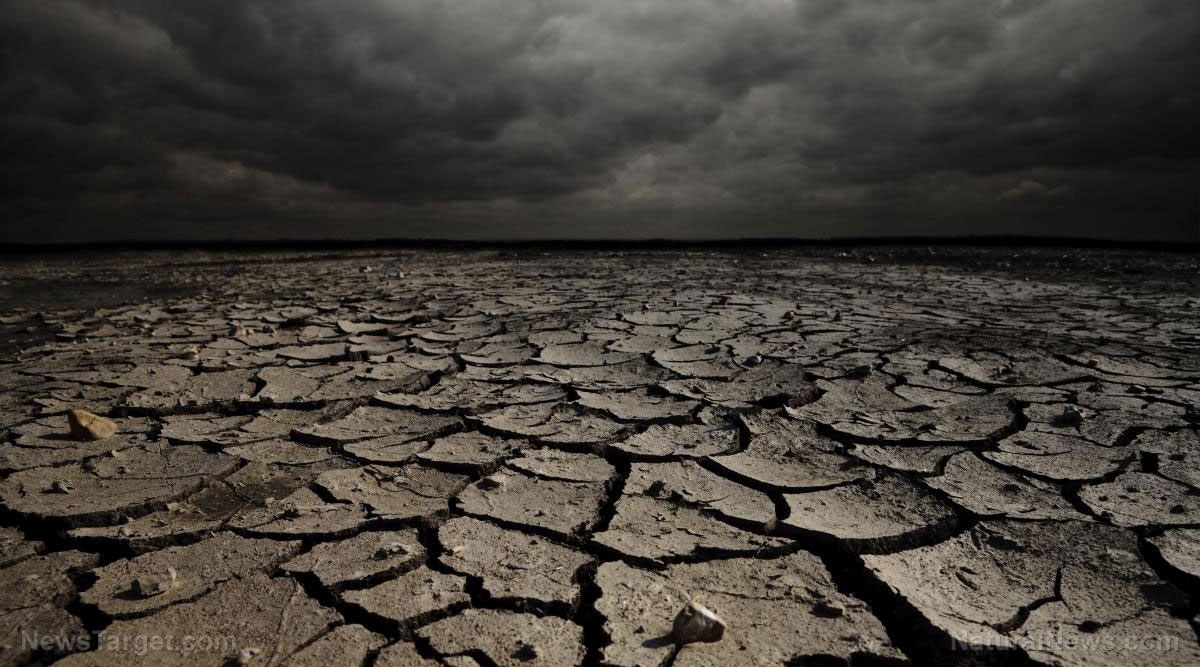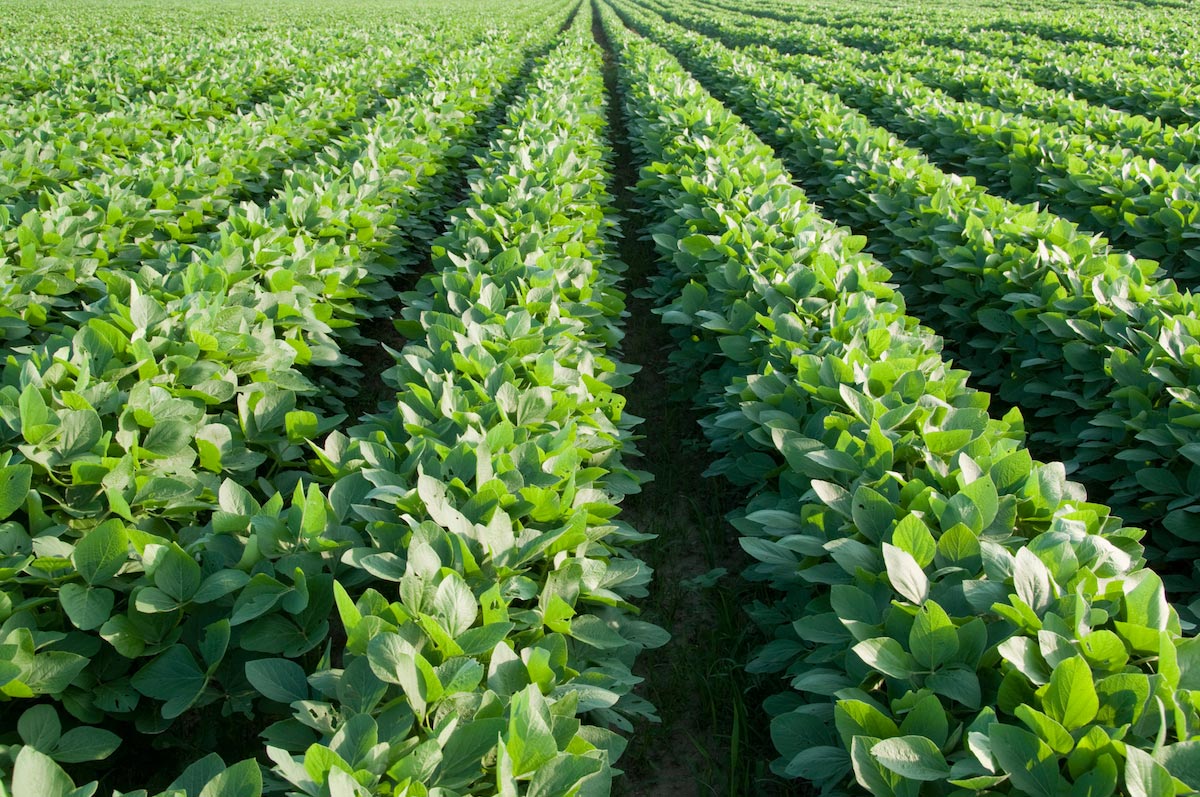Thousands of Canadian Pacific Rail Workers strike, grinding fertilizer shipments to a halt for all of North America
03/23/2022 / By Ethan Huff

The fertilizer crisis just got a whole lot worse after 3,000 Canadian Pacific Rail Workers walked off the job, leaving fertilizer shipments stranded.
Thousands of CP Rail conductors, engineers, train, and yard workers represented by the Teamsters Canada Rail Conference decided to strike after the union and the rail company failed to strike a deal. This could result in a shortage of fertilizer and other needed farm supplies ahead of the spring growing season.
“CP Rail is the leading carrier of potash, a potassium-rich salt mined from underground deposits formed from evaporated sea beds millions of years ago, used to support crop development,” reported Zero Hedge.
“In prior investor documents, the rail company said it hauls 70% of the potash produced in North America, all from mines in Canada. The railroad also carries fertilizers, including phosphate, urea, ammonium sulfate, ammonium nitrate, and anhydrous ammonia.”
Any disruption in CP Rail’s operations, in other words, could be devastating for North American farmers, including those in the United States who are just about to start planting for the spring season.
“The work stoppage may exacerbate existing supply chain bottlenecks in North America stemming from COVID,” the report adds.
“The agricultural sector can’t afford any more disruptions as Western economic sanctions on Russia and Belarus, two major fertilizer producers, have unleashed higher prices globally and shortage fears.”
The last time Canadian potash prices were this high was when the markets crashed in 2008-09
The Teamsters Canada Rail Conference says it tried to continue bargaining with CP Rail, but that the company “chose to put the Canadian supply chain and tens of thousands of jobs at risk.”
“As Canadians grapple with a never-ending pandemic, exploding commodity prices and the war in Ukraine, the rail carrier is adding an unnecessary layer of insecurity, especially for those who depend on the rail network,” the union said in an announcement.
As of this writing, Canadian potash spot prices per ton in U.S. dollars are nearing record-high levels (the last time they were this high was in 2008 and 2009 when the markets crashed).
Federal negotiators are said to be moderating discussions between CP Rail and the union, however, there is no expected timeline for when an agreement might be reached.
As usual, many are blaming Vladimir Putin for invading Ukraine, even though prices were already on the rise long before this occurred.
Since Canada is at a higher latitude than the U.S., its spring planting season is still about a month away, which allows some time for a resolution. But for U.S. growers who rely on Canadian fertilizer, the conflict between CP Rail and the union could cause serious problems.
“If farmers don’t have enough fertilizer on hand, it could have severe implications for declining yields for this year’s harvest,” Zero Hedge warns.
“For the sake of the North American food supply, let’s hope a resolution is found shortly. Otherwise, anyone who didn’t prepare for food shortages will be eating lentils and insects.”
In the comment section, many people expressed confidence in the fact that they have been “prepping” for many years now in anticipation of a time like this.
“It’s almost like there’s some coordinated effort to kill off a large percentage of the global population,” speculated another.
“Now if only someone smart enough to figure out who is doing it and why, we could put an end to this madness once and for all.”
Another wrote that ironworkers at a Chevron refinery in California are also striking, presenting a “perfect storm” situation where key elements of the supply chain are rapidly breaking down.
The latest news about how the invasion of Ukraine is shaping up to be part two of the plandemic can be found at Collapse.news.
Sources for this article include:
Submit a correction >>
Tagged Under:
Canada, collapse, CP Rail, famine, fertilizer, food, logistics, Plandemic, planting, starvation, strike, trains, transportation, union, Zero Hedge
This article may contain statements that reflect the opinion of the author
RECENT NEWS & ARTICLES
FertilizerWatch.com is a fact-based public education website published by FertilizerWatch.com Features, LLC.
All content copyright © 2022 by FertilizerWatch.com Features, LLC.
Contact Us with Tips or Corrections
All trademarks, registered trademarks and servicemarks mentioned on this site are the property of their respective owners.

